You’re invited to browse our catalogue of articles describing common injuries to your chest and/or groin. Injuries can be caused by damage to muscles, ligaments, nerves, bones or joints. Below are links to articles explaining the different types of structures in your chest and groin and the injuries related to them.
When diagnosing patient problems, we determine the main area which has been damaged and focus our treatment on that. The general progression of problems stems from these underlying structures (generally in this order): 1) Nerves 2) Bones 3) Joints 4) Discs 5) Ligaments 6) Tendons 7) Muscles
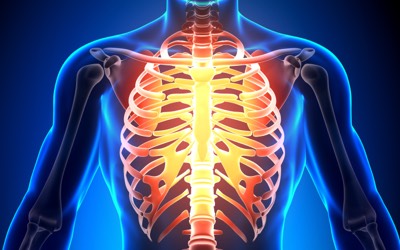
You may feel chest pain anywhere from your neck to your upper abdomen. Chest pain may be caused by problems in your heart, lungs, throat, muscles, ribs, or nerves. Some of these conditions are serious and life threatening, while others are not. If you have unexplained chest pain, the best course of action is for a medical professional to evaluate you. Our article outlines causes and symptoms, as well as physiotherapy treatments of chest pain.
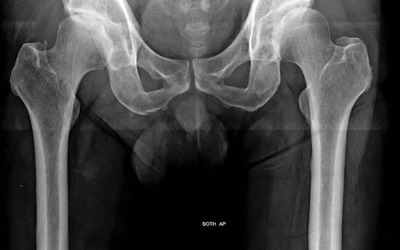
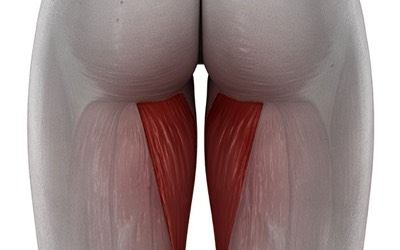
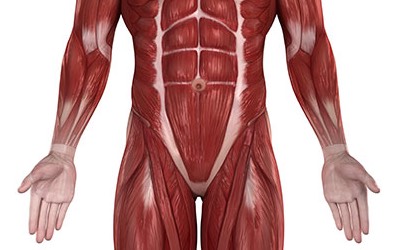
A groin strain refers to over-stretching, tearing or rupturing of any of the five muscles of your inner thigh. In most cases groin strains are minor tears of a few fibers with the bulk of the muscle remaining intact. Groin strain affects any of the 5 hip muscles whose main function is to pull the leg upwards and towards the center of the body while walking and running, or balancing on one leg.
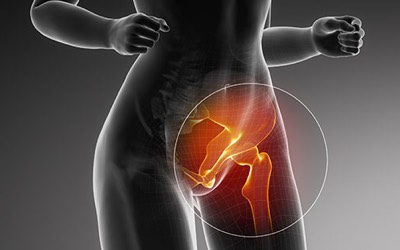
Groin pain can come from any structure in or surrounding your inner thigh where there are numerous arteries and veins as well as large muscles. It is important to establish where exactly the groin pain is – this can be a very helpful identifying what underlying structure (muscles, joints, bones, nerves or ligaments) is causing your pain.
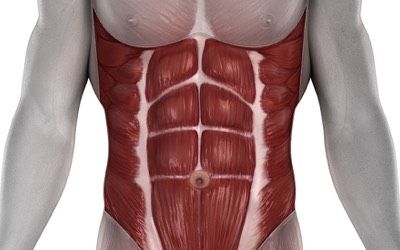
Abdominal Muscle Strain
There are four main abdominal muscles. An abdominal strain is a tear in the fibres that make up any of these four abdominal muscles. Luckily abdominal muscle strains are rare but if they do occur, Physiotherapy is very important to avoid a re-occurrence.
Get the help you really need
Medical professionals that care about you


